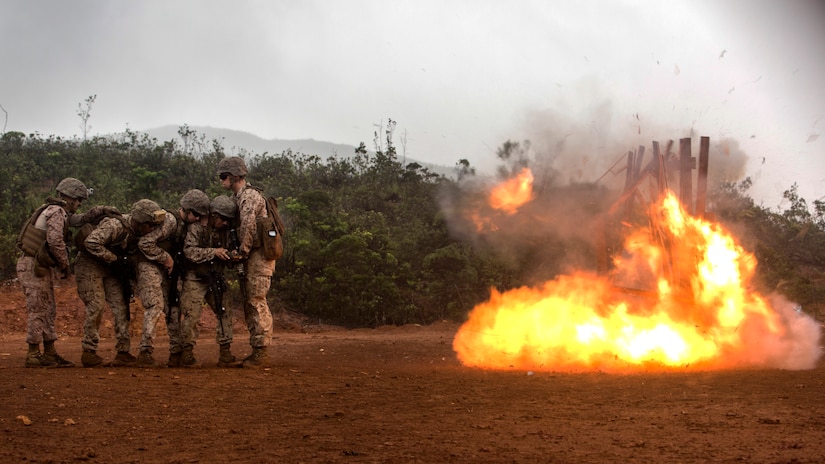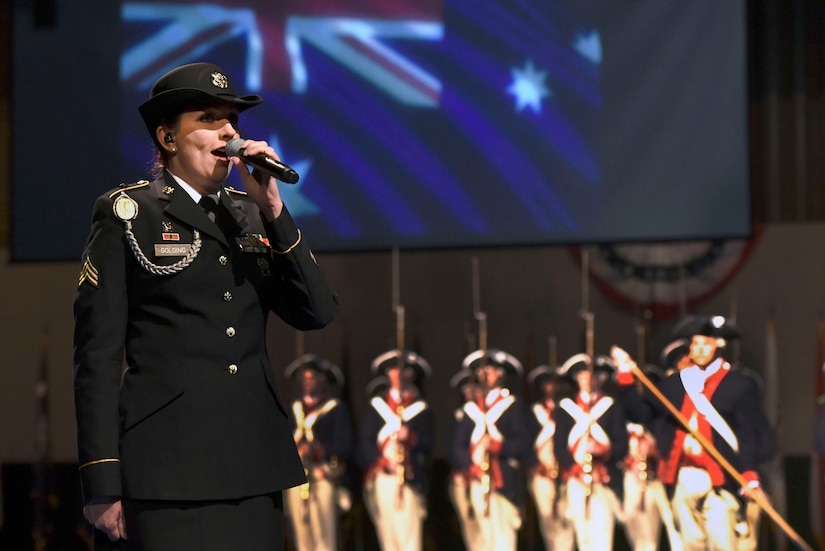By Marine Corps Cpl. Mason Roy, Marine Rotational Force
Darwin
KOUMAC, New Caledonia -- Whether it’s building schools or
changing the battle space, combat engineers have always been there to pave the
way.
Though established as a military profession in 1775, the
first combat engineers didn’t see much recognition until the War of 1812, when
Army Col. Jonathan Williams, chief of the Army Corps of Engineers, and his
successor, Joseph Swift, built expanding fortifications around New York Harbor.
This included an 11-pointed fort that is now the base of the Statue of Liberty.
Today, combat engineers bring both constructive
capabilities, such as building bunkers and providing utilities; and destructive
capabilities, such as demolition and breaching support on the battlefield. This
unique combination of capabilities provides knowledge, experience and skills to
commanders at the operational and tactical levels with which they can,
according to Marine Corps Warfighting Publication 3-34, reduce friction,
facilitate maneuver and improve the morale of friendly forces or create
friction and disorder for the enemy.
“My favorite thing about being a combat engineer is that my
job is so versatile,” said Marine Corps Lance Cpl. Joseph Manzie, who’s
assigned to Marine Rotational Force Darwin 18. “I can build schools for
communities, or obstacle courses to keep Marines fit to fight. I also have the
ability to change battlespace by performing breaches, sweeps and engineer
reconnaissance.”
Tackling Obstacles on the Battlefield
Breaching actions are the tactics a unit will execute when
it reaches an obstacle. Forces who encounter an obstacle either attempt to
bypass it or reduce it.
Sweeps are typically conducted with a compact metal detector
to search for materials that may be used against friendly forces or be of
intelligence value.
Engineers also perform their own reconnaissance, consisting
of methods to obtain information about the activities and resources of an
adversary or to secure data.
“It’s always a rush being able to reduce obstacles with
explosives,” said Marine Corps Lance Cpl. Johnathan Sacre, combat engineer with
MRF-D. “Being a combat engineer is probably one of the best jobs in the Marine
Corps. I enjoy every minute of it.”
Combat engineers also enjoy their jobs because it helps them
to develop or refine skills that can help them later in their careers, Manzie
said.
Manzie, who previously served as a vehicle operator for the
Air Force, thought it was time to expand his career from behind the wheel, so
he joined the Marine Corps as a combat engineer.
“I selected combat engineering because it was a job that I
was able to gain skills from and be combat-oriented,” he said. “I plan on
taking my knowledge of demolitions, wood-frame construction and concrete
construction with me to future [work].”
Being a combat engineer can be a risky business. Service
members in the Middle East rely on combat engineers to detect different kinds
of improvised explosive devices. These engineers who take the first steps into
mission-critical areas provide intelligence that shapes a safer battlefield for
the service members who follow.








